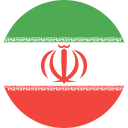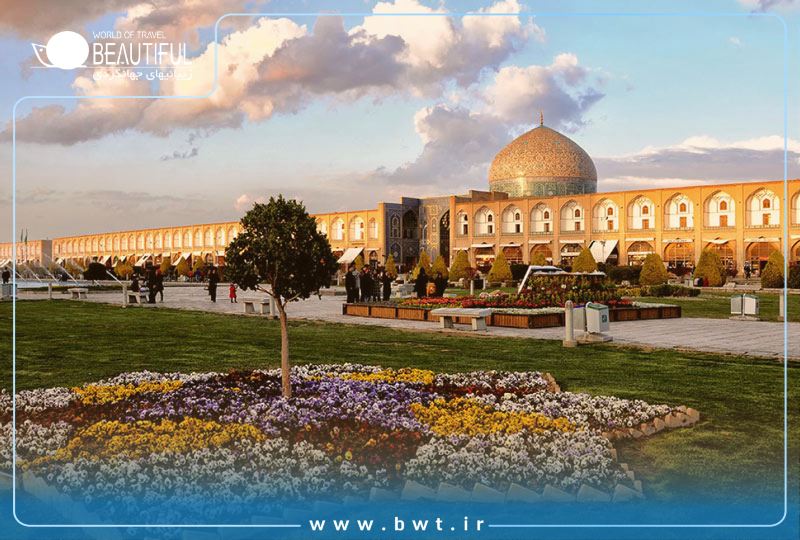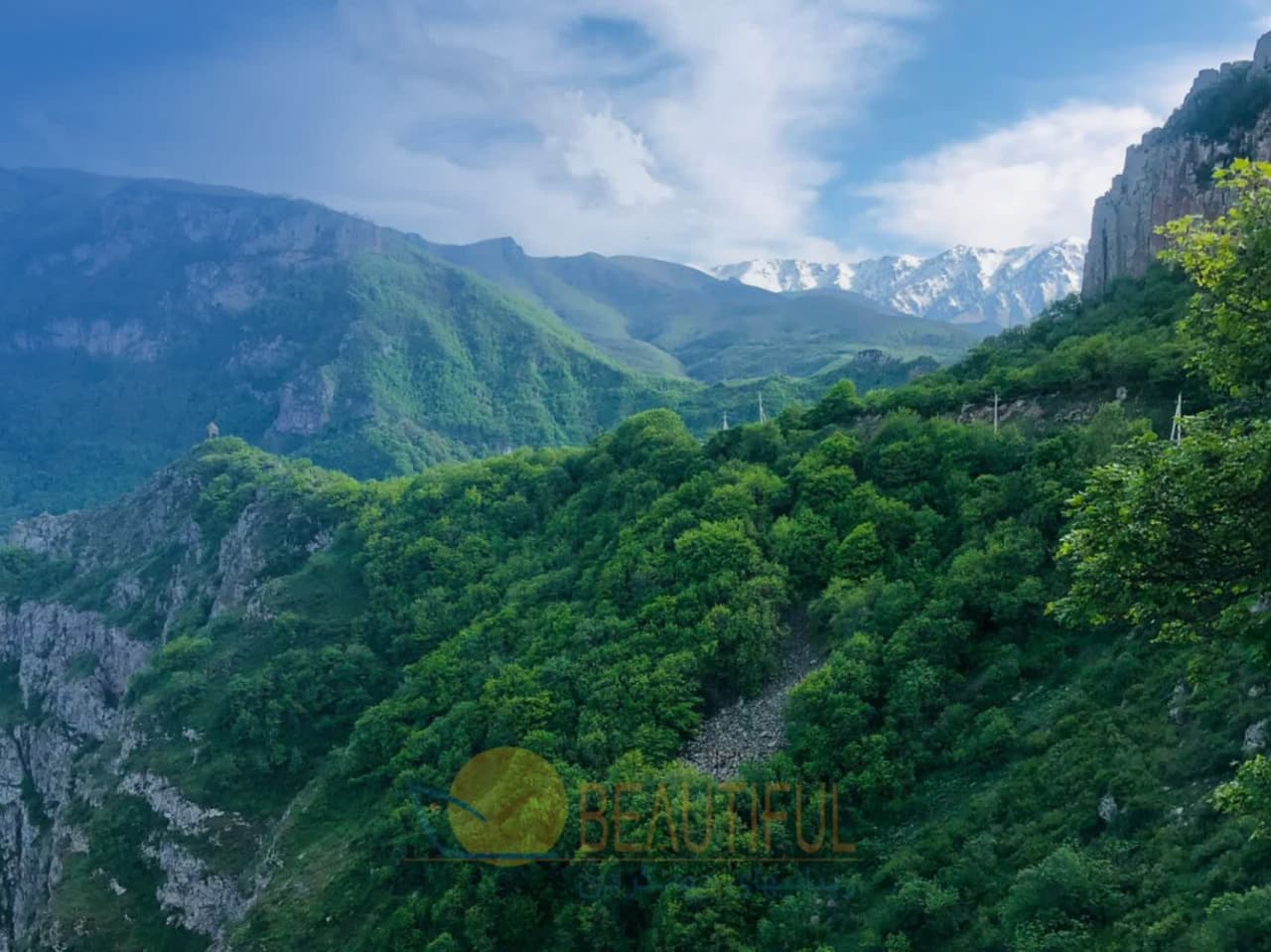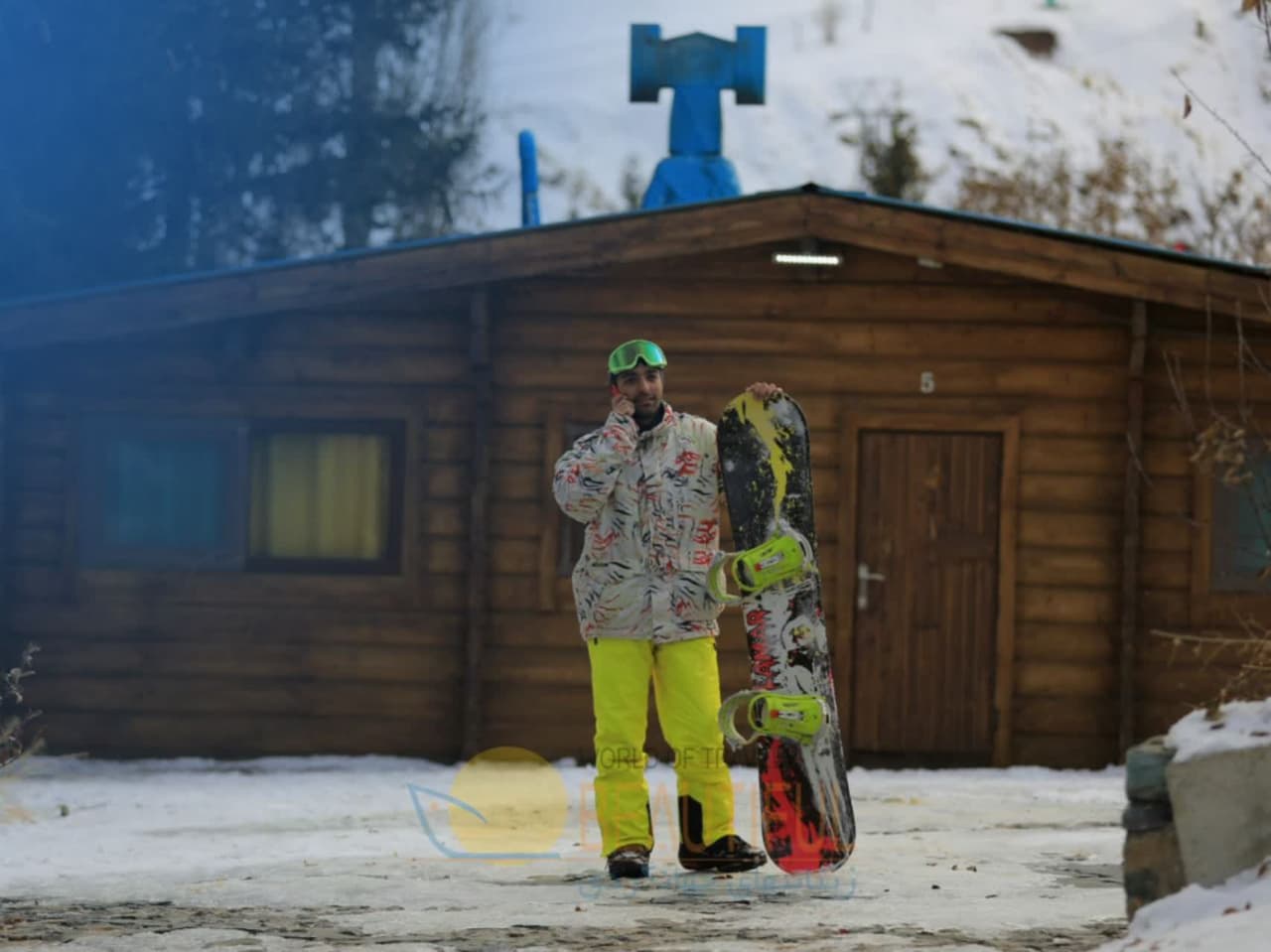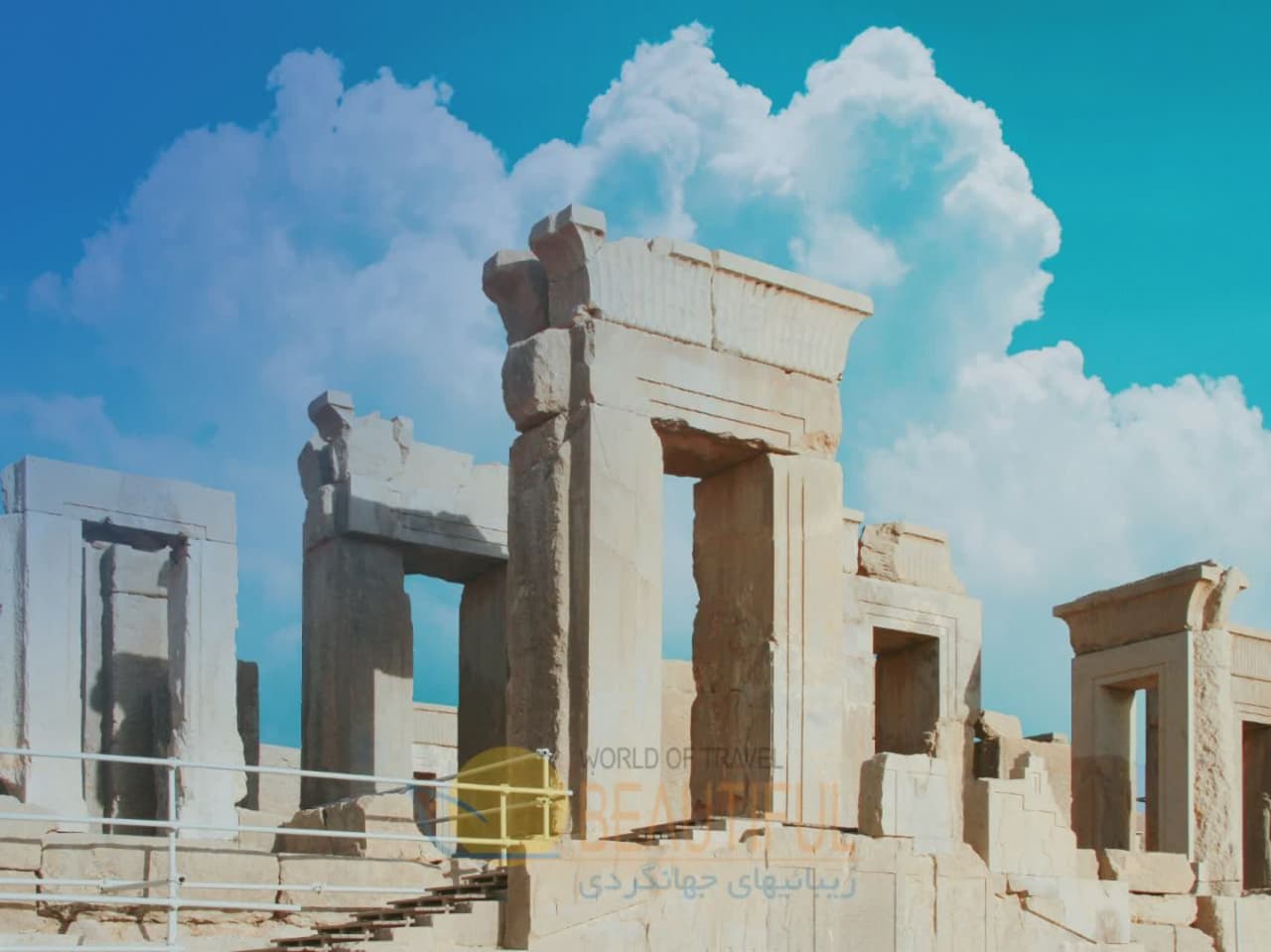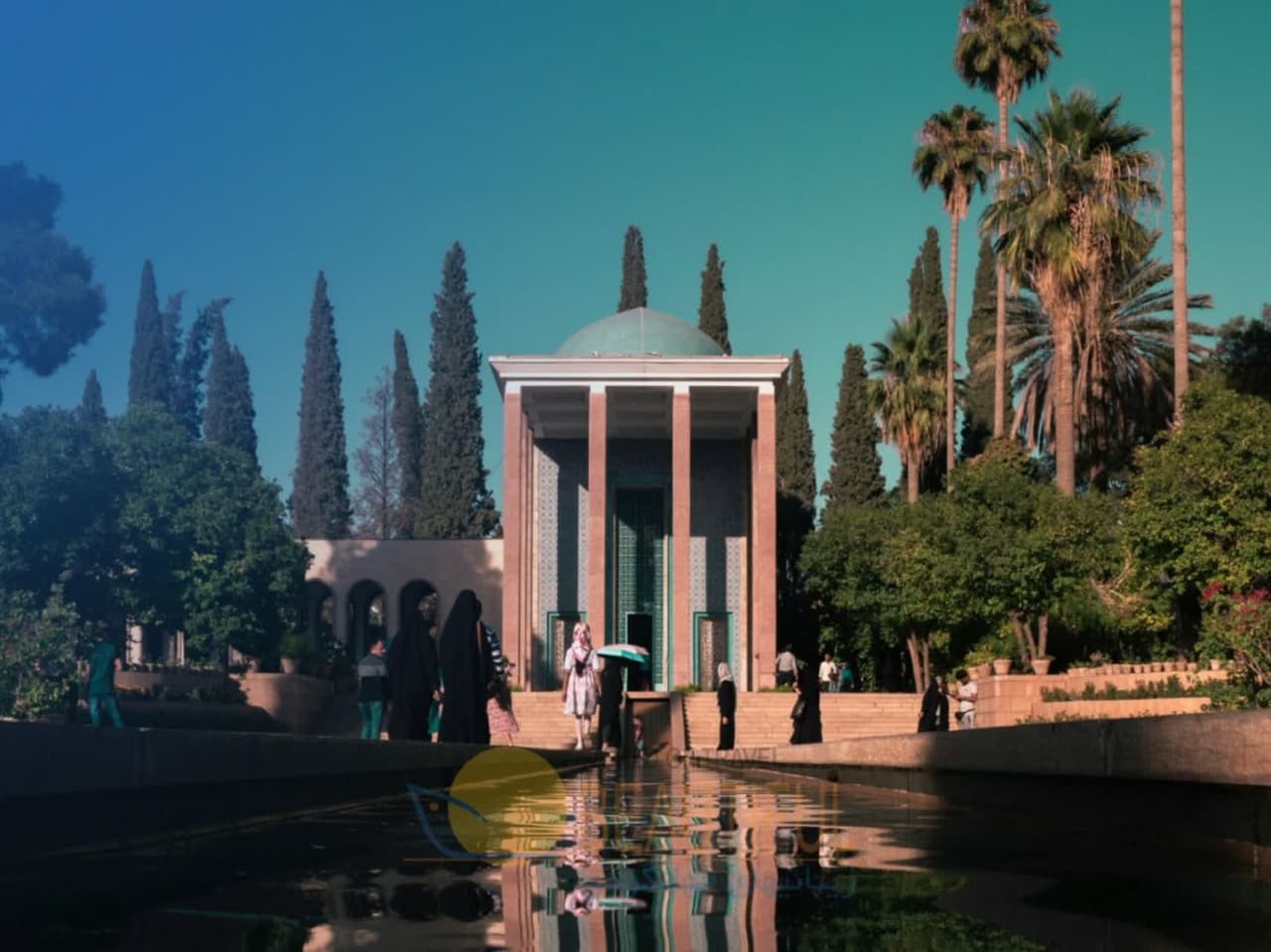Located in the northern part of Isfahan, Naqsh-e Jahan Square stands as one of Iran’s most iconic tourist attractions. Each year, thousands of visitors from around the world come to admire its beauty and historical significance. Before 1979, this square was known as "Meydan-e Shah" (Shah Square). Following the Islamic Revolution, it was officially renamed "Meydan-e Imam" (Imam Square). Over the centuries, it has also been referred to as "Meydan-e Asli" (Main Square), "Meydan-e Bozorg" (Grand Square), "Meydan-e Ghasr" (Palace Square), "Meydan-e Saltanat" (Royal Square), and "Meydan-e No" (New Square).
Naqsh-e Jahan Square was registered as a national monument in Iran on February 8, 1934, and was designated as a UNESCO World Heritage Site in 1979. Before the Safavid era, a beautiful garden called "Naqsh-e Jahan" existed in this area, named after a city in Azerbaijan, now known as Nakhchivan.
The square measures over 560 meters in length and 160 meters in width. Its perimeter is surrounded by 200 two-story shops. Several magnificent historical buildings are also located within the square, and the arches built around it for protection have since been transformed into modern shops.
History of Naqsh-e Jahan Square
As mentioned earlier, a large garden once existed in this area, with the center of the square referred to as "Koushkh" (Palace). Military structures from the Ak Koyunlu and Timurid dynasties were also located in this region. After the disappearance of this garden, the western part of the square became the site of Ali Qapu Palace. During the Seljuk dynasty, major festivals and celebrations took place in this square.
Naqsh-e Jahan Square flourished when Isfahan became the capital of Iran under the Safavids. The initial construction of the square, along the banks of the Zayandeh Rud River, was commissioned by Shah Abbas I and carried out by renowned architects such as Sheikh Baha’i, Ali Akbar Isfahani, and Mohammad Reza Isfahani. The foundation of the square was laid in 1602 (1011 AH), and the buildings surrounding it were completed in 1607 (1025 AH). The decoration and tilework of the mosques and other structures began in 1607 and continued throughout the reign of Shah Abbas’s successor.
The design of Naqsh-e Jahan Square was inspired by Atiq Square, one of the oldest squares in Isfahan. It also shares similarities with other Safavid-era squares in cities such as Qazvin and Yazd.
Under the last Safavid king, the square lost its former glory, partly due to the drying up of the surrounding canals, which reduced its vibrancy. The decline of Naqsh-e Jahan was further exacerbated by the Afghan invasion and the negligence of the Qajar king. Many historical buildings, such as the Naqqar Khaneh Pavilion, were destroyed during this period.
However, during the Pahlavi era, the square underwent restoration, and with the revival of the economy, its grandeur was restored.
Tourist Attractions Around Naqsh-e Jahan Square
The vast expanse of Naqsh-e Jahan Square allows visitors to spend hours exploring its wonders. Every corner of this square holds historical treasures. The surrounding arcades are not only significant commercial centers in Isfahan but also add to the elegance of the site, as these ancient buildings are considered historical monuments.
The shops around the square sell a variety of Isfahan souvenirs, including food products, handicrafts, copperware, carpets, and much more. For those looking to purchase souvenirs, the Grand Bazaar of Isfahan, located near the square, is an excellent option.
An ongoing project is the Islamic Museum, which is under construction on the upper level of the square. Once completed, it will become the largest cultural and artistic center dedicated to Islamic and Iranian culture.
Historical Monuments Around Naqsh-e Jahan Square
Imam Mosque (Formerly Shah Mosque)
Located on the southern side of the square, the Imam Mosque is one of Naqsh-e Jahan’s most significant landmarks. Built in 1616 (1020 AH), it is renowned for its magnificent minarets and grand dome. The inscriptions on the mosque’s façade, written in Thuluth calligraphy, honor Shah Abbas I. The mosque is also known for its remarkable echo effect beneath the dome.
Sheikh Lotfollah Mosque
Situated on the eastern side of the square, Sheikh Lotfollah Mosque is unique due to its lack of a minaret. The construction of its dome took 17 years, and it stands as a masterpiece of Safavid architecture, featuring exquisite ceramic and decorative elements.
Ali Qapu Palace
Located on the western side of the square, Ali Qapu Palace served as the governmental center during the Safavid dynasty. With an area of 1,800 square meters, the palace consists of six floors adorned with breathtaking decorations. It is also known as the "Palace of the State."
Qeysariyeh Gate
Located at the northern end of the square, Qeysariyeh Gate marks the entrance to Isfahan’s historic bazaar. This bazaar, one of the largest and most beautiful in Iran, was built during the Safavid and Qajar dynasties.
Leisure Activities at Naqsh-e Jahan Square
Naqsh-e Jahan Square serves as the economic, political, social, tourist, and recreational hub of Isfahan province. Visitors can enjoy a variety of activities and attractions, including:
-
Traditional Events: The square hosts numerous traditional festivals and celebrations, including the royal sport of polo.
-
Friday Market: This weekly market is an excellent opportunity to shop for local products and crafts.
-
Horse-Drawn Carriage Rides: A delightful way to explore the square is by taking a ride in a traditional carriage.
-
Gardens and Fountains: Beautifully landscaped gardens and turquoise fountains add to the square’s serene atmosphere.
Conclusion
Naqsh-e Jahan Square in Isfahan is one of Iran’s most remarkable and breathtaking sites, where history, architecture, and culture blend harmoniously. Surrounded by magnificent historical landmarks such as the Imam Mosque, Sheikh Lotfollah Mosque, and Ali Qapu Palace, this location offers an unforgettable glimpse into the grandeur of the Safavid era. Not only is it a major tourist attraction, but it also remains a vibrant center of daily life in Isfahan, with its bazaars, restaurants, and cafes. For more information and to plan your visit, you can check out the World of Travel Beautiful website for detailed insights.






